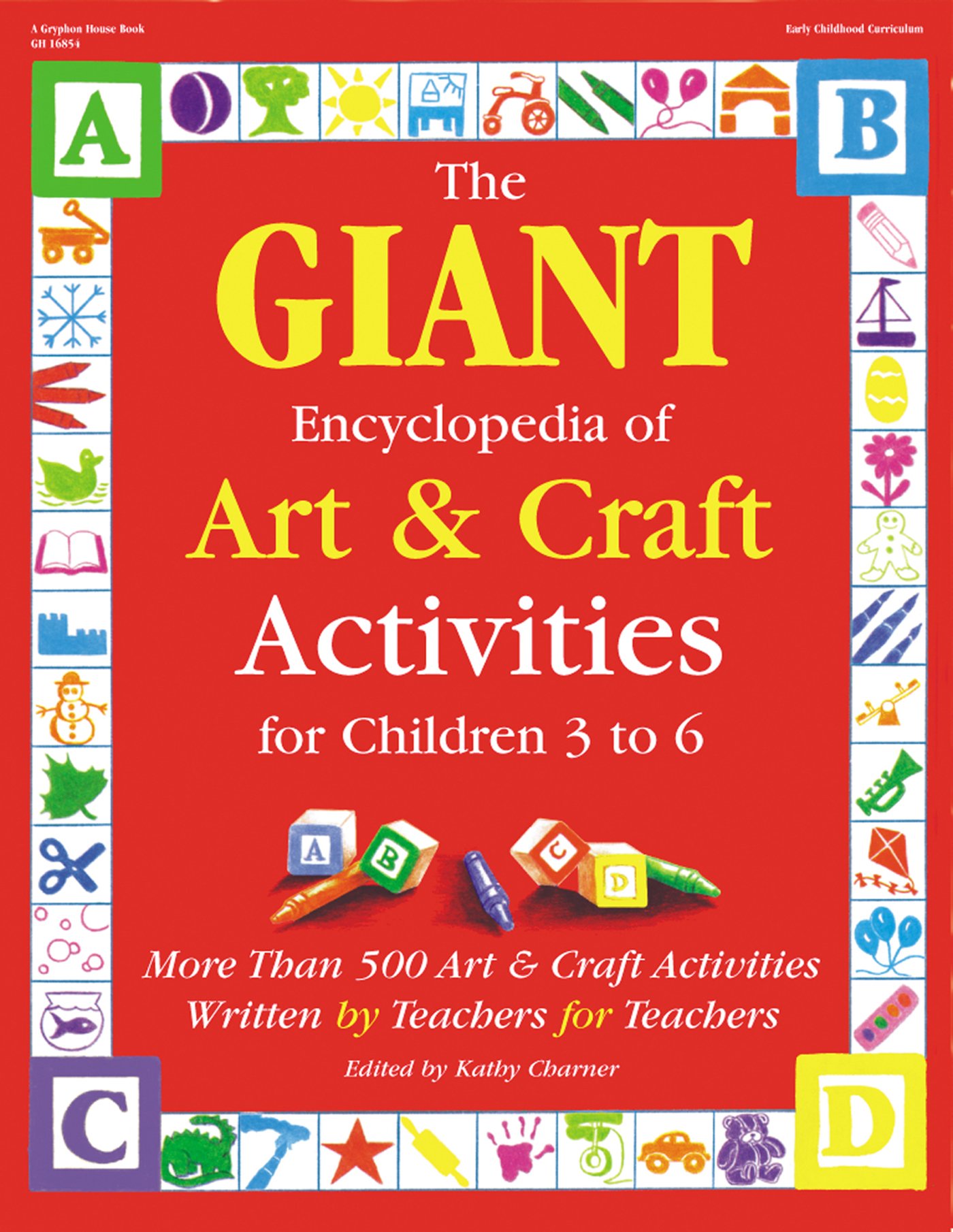Materials
Clay
Aluminum pie pans, one per child Water Food coloringInstructions
What to do
1. Have the children roll clay into a long tube shape. The tube should be sufficiently tall and thick
to hold water in place as a mold would.
2. Show the children how to place the clay in the pan and mold it into any design. The design may
be as simple as a circle or more complicated. Have the children press the clay firmly to the bottom
of the pie pan, creating a water-tight seal. Make certain that there are no gaps in the clay
mold where water could escape. Mold the clay until it resembles a long connected wall, making
sure the walls are high enough to hold a good amount of water.
3. When the mold is finished, fill it with water.
4. Let the children add food coloring, if they choose. If they use more than one color and want to
keep the colors in separate compartments of the mold, they must handle their pan as gently as
possible.
5. Place the pie pans in a freezer for several hours.
6. Remove the pans from the freezer. Have the children peel the clay away from the ice and
remove their ice sculpture from the pan. It might be necessary to gently flex the pan.
7. Keep the ice sculptures outdoors if it is cold enough, or float them in the classroom's water
table.
More to do
Sand and water table: Fill ice cube trays, cups, and baking and geletin molds, then put them in
the freezer and play with the frozen shapes the next day.
Science: Have the children describe in their words what happens when the water freezes and
when it melts. Have older children compare how long it takes for the sculptures to melt under dif-
ferent conditions. When possible, bring snow in from outdoors and watch it melt or make snowballs
and put them in the freezer; surprise the class with them on a warm spring day.
Snack: Fill reusable popsicle holders with juice for a frozen treat.
